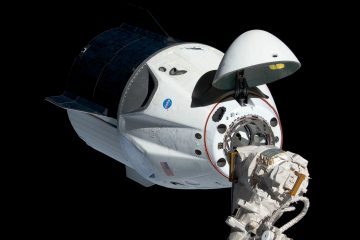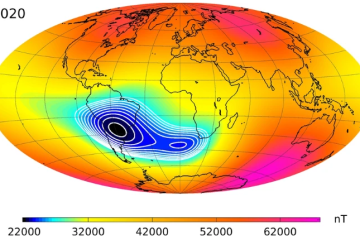Jupiter: The Enigmatic Giant of Our Solar System

The Importance of Jupiter in Astronomy
Jupiter, the largest planet in our solar system, has always fascinated scientists and astronomers. Its immense size, swirling clouds, and magnetic field make it a key object of study, offering insights into planetary formation and behaviors. With a diameter of about 86,881 miles (139,822 kilometers), Jupiter is more than 11 times wider than Earth, holding over twice the mass of all the other planets combined.
Recent Scientific Findings
In recent months, various missions have gathered critical data about Jupiter. NASA’s Juno spacecraft, which has been orbiting the planet since July 2016, recently completed its close flyby, allowing scientists to gather unprecedented details about Jupiter’s atmosphere and magnetosphere. The dedicated instruments aboard Juno have captured stunning images of the planet’s iconic Great Red Spot and revealed complex wind patterns and storms. Reports outline that Juno has provided new information regarding the interior structure of Jupiter, indicating that it might have a core that is not only larger but also more diffuse than previously thought.
Exploration and Future Missions
Beyond Juno, the European Space Agency’s (ESA) Jupiter Icy Moons Explorer (JUICE) mission is set to launch in 2023, aiming to study Jupiter’s moons, including Europa, Ganymede, and Callisto. These moons are considered promising candidates for finding signs of life due to their subsurface oceans. With advances in technology and growing interest in planetary science, these missions are expected to yield groundbreaking findings that will deepen our understanding of Jupiter and the potential for life beyond Earth.
Conclusion: Why Jupiter Matters
As we continue to explore Jupiter and its moons, it becomes increasingly significant in the context of planetary science and astrobiology. The data gathered not only enhances our understanding of the largest planet in our solar system but also lays the foundation for comprehending other exoplanets around distant stars. Jupiter serves as a natural laboratory where we can test our theories about planetary formation, magnetic fields, and weather systems. As new missions are executed and technology evolves, we remain on the cusp of exciting discoveries that could broaden our understanding of the universe.









